Esci 1/72 Tu-22M
The origins of the Tu-22M can be traced back in 1962, when its ancestor, the Tu-22 “Blinder”, by that time introduced in service, was found to be a handful to fly and, especially, to land, let alone it had serviceability issues.
With the Sukhoi T-4 project (essentially a response to XB-70 Valkyrie) going by those times full steam ahead (though later canceled) and the Soviet government being skeptical on approving an essentially new design so soon after the Tu-22 Blinder had entered service, it is reported that Soviet Air Force and Tupolev, in order to save face regarding the Blinder's operational deficiencies and to stave off criticisms from the ICBM lobby, somehow agreed to pass off the clearly new project as merely an update of the Tu-22 in their discussions with the government, the latter granting approval on 28 November 1967.
By all means a new design, only loosely derived from the existing Tu-22 and using elements from the abandoned Tu-98 (a projected aircraft intended to replace the Tu-16), the type embodied swing-wing technology, which, for the time, was among the solid choices of the designers in order to offer short take-off performance, efficient cruising and good high speed/low level flying characteristics to the slender but big, heavy air frame.
Initially named Samolyot 145, the plane was given the designation Tu-22M, indicating it was a derivative of the existing Tu-22. As indicated by sources, apart from the aforementioned “easiness” to get approved budgets, another possible reason for giving the above designation was the deliberate hiding of the aircraft's performance. It is also believed that the B/C production variants were designated Tu-26 by the USSR.
The West became aware of the type's existence not long after the first pre-production machines were manufactured, with US Intelligence wondering how this project was approved by the “ICBM by heart” Nikita Khrushchev, who more or less considered the conventional bomber doctrine obsolete.
First used in combat in Afghanistan and capable of dropping large tonnages of conventional ordnance, the aircraft bombed enemy forts, bases and material supplies. In October 1988 it was again deployed against the Mujaheddin to provide cover to Soviet forces that were pulling out of the country. The Russian Federation used the Tu-22M3 in combat in Chechnya during 1995, performing strikes near Grozny and later in the Syrian civil war and the invasion of Ukraine.
The type inherited its ancestor's poor serviceability and during its service with the Soviet forces suffered from widespread maintenance problems, attributed to poor manufacturing quality, with the engines and air frames in particular having short service lives.
A number of modernization projects have been envisaged, with the most significant ones being the “3M” mid-life upgrade, signed in September 2014 and the simpler SVP-24-22, being carried out in 2018.
An impressive sight, this big, aesthetically pleasing bomber is, as of 2023, still a solid asset, possessing certain favorable capabilities. Production of all Tu-22M variants totaled 497, including pre-production machines.
This is the elderly ESCI mold of the famous bomber.
https://modelingmadness.com/review/mod/russia/pen22.htm
Happy Modelling!
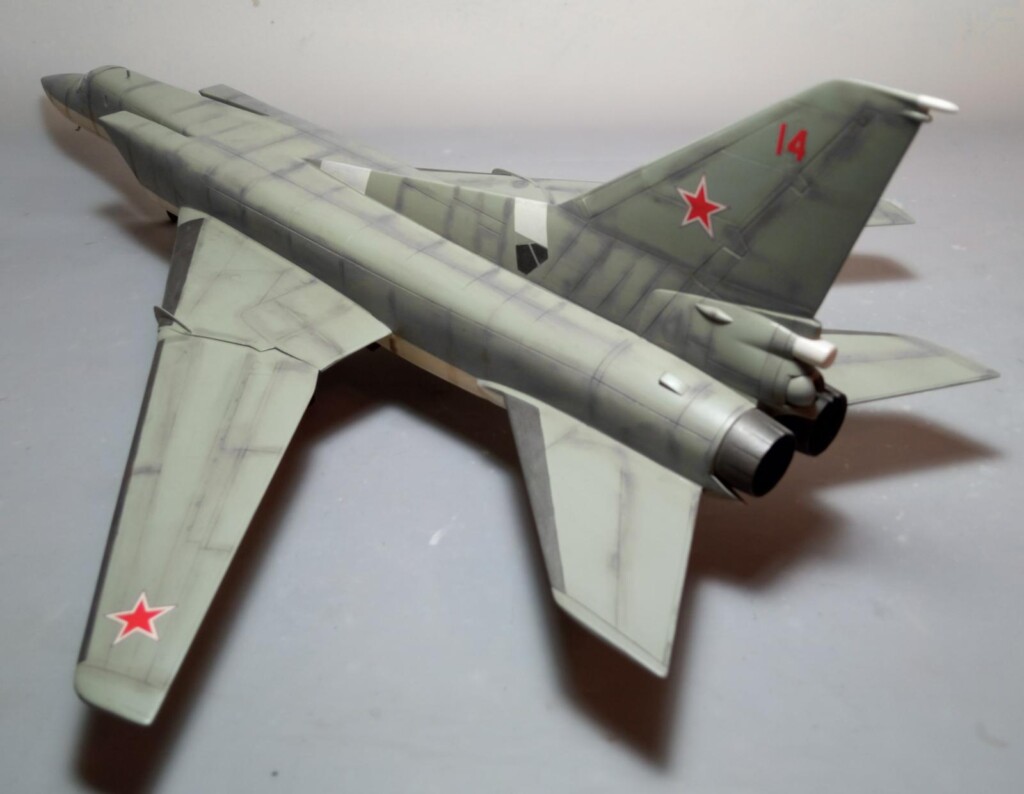

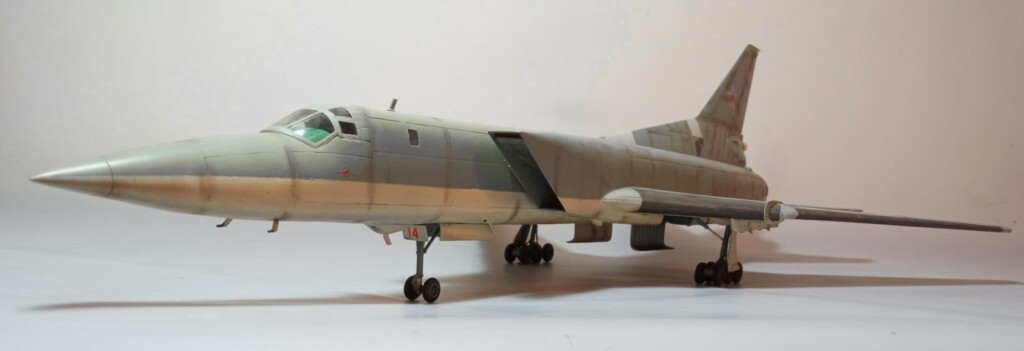
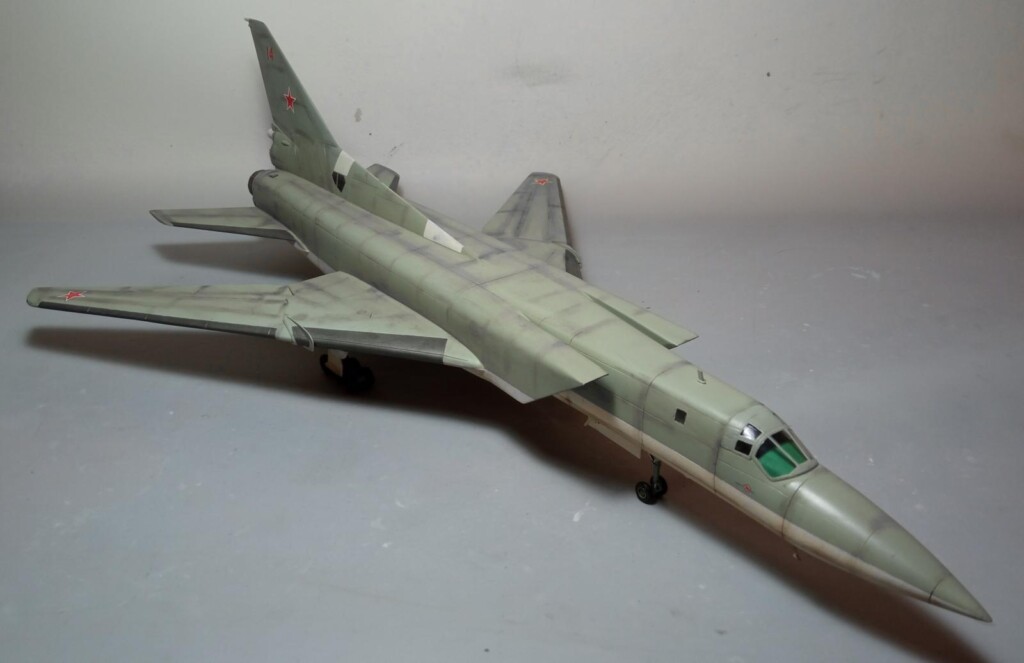
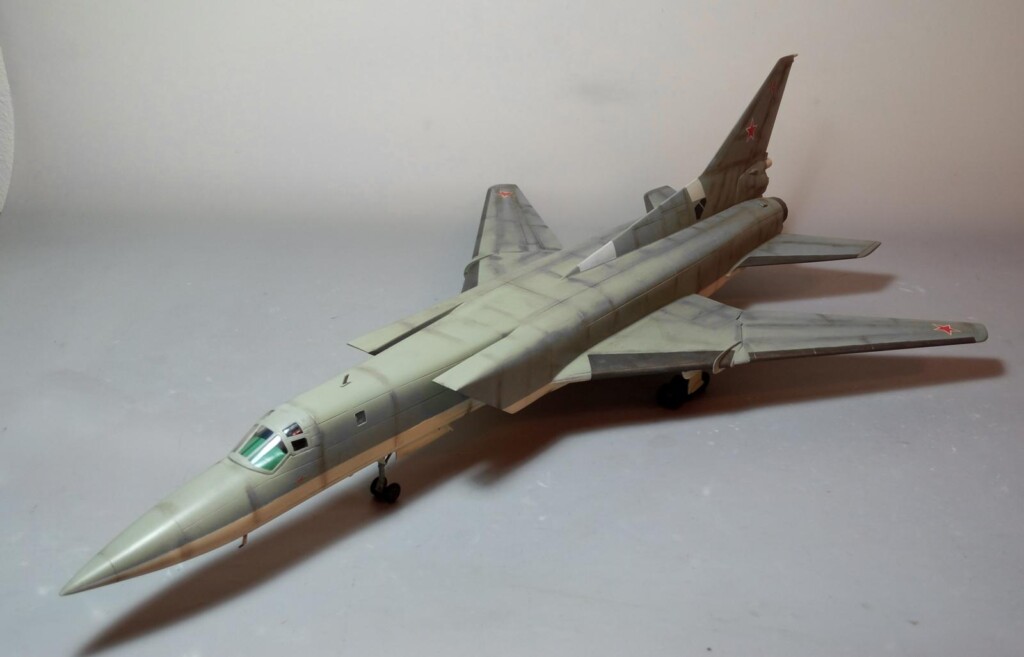
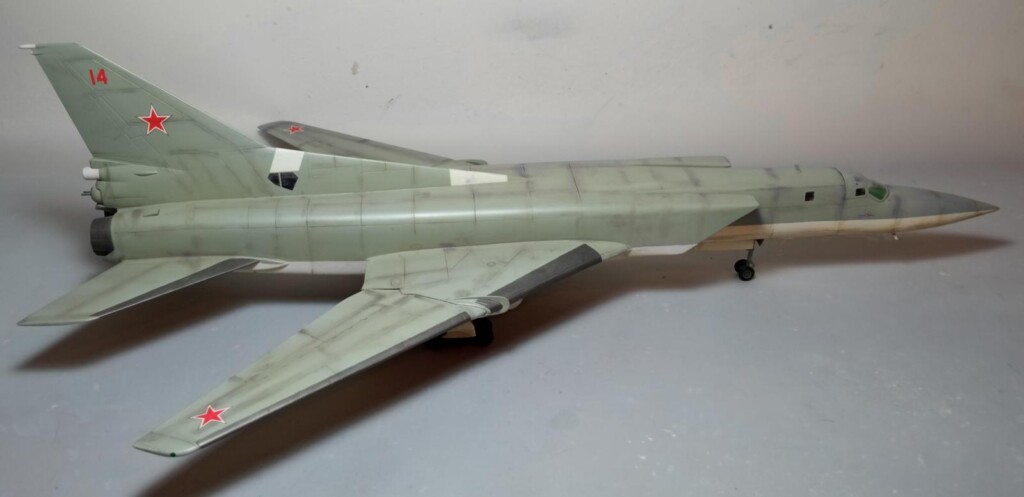

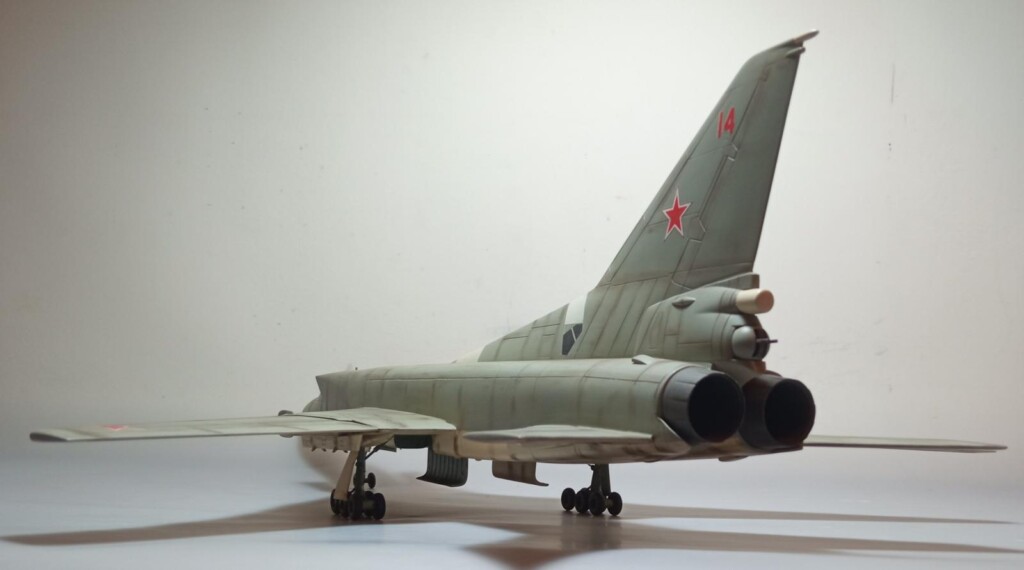
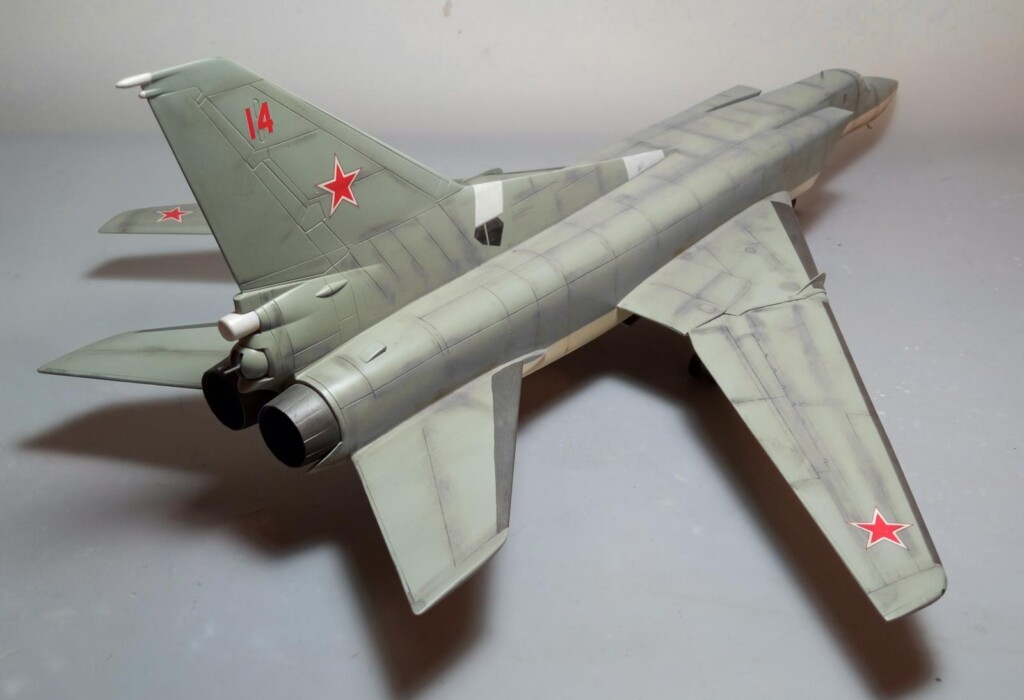
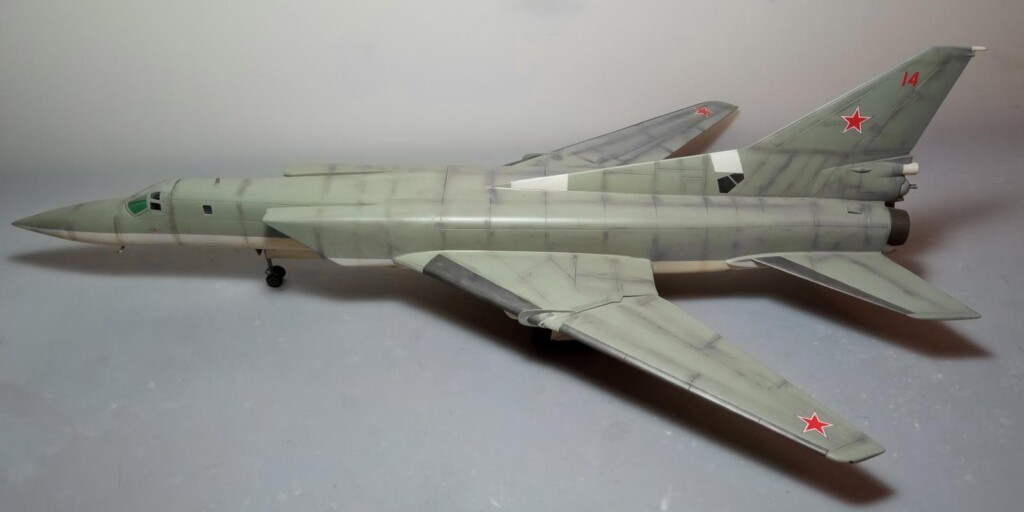
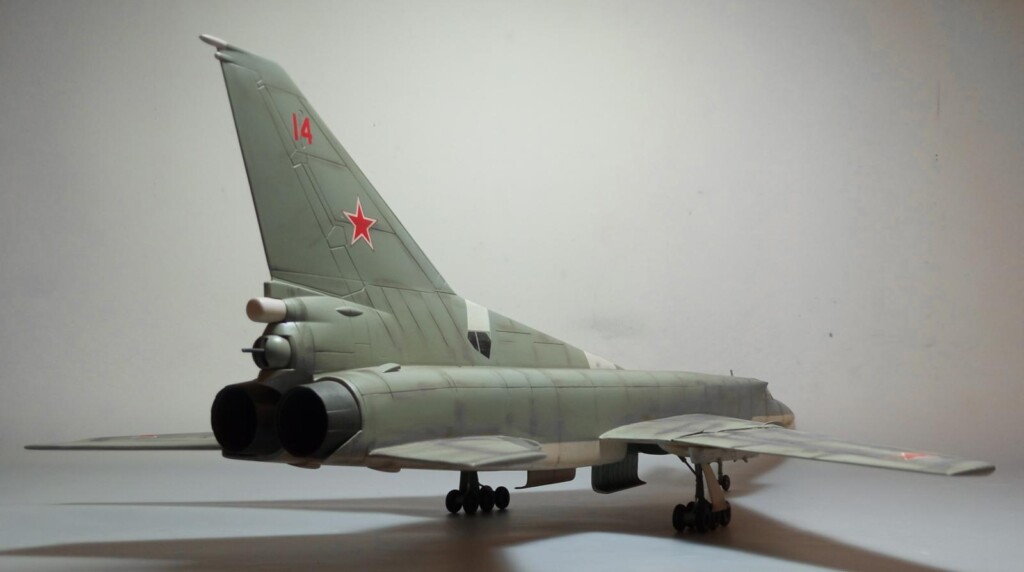
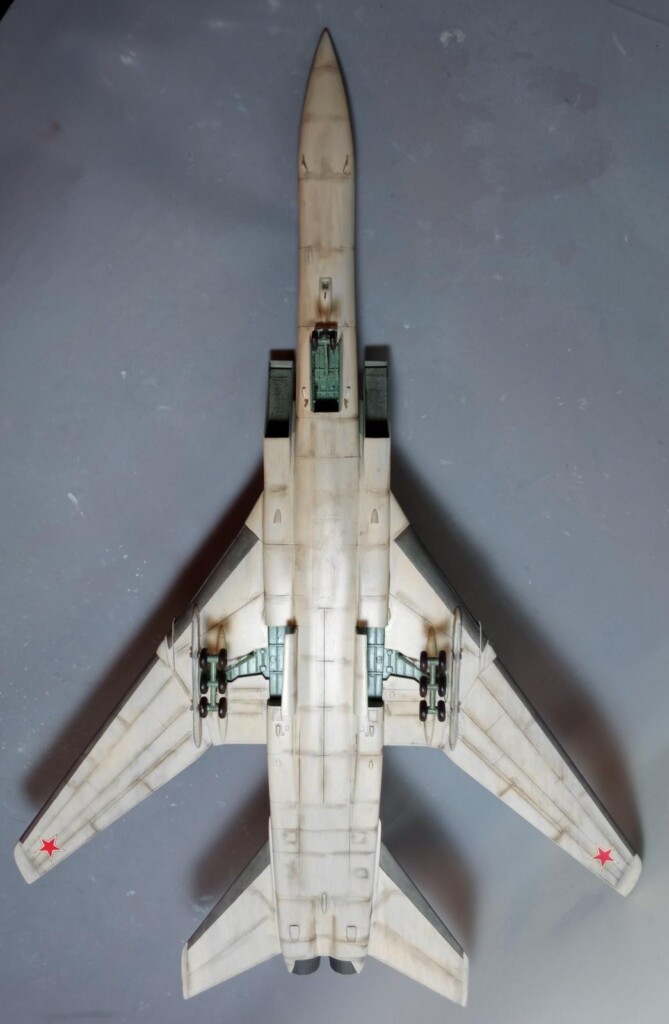

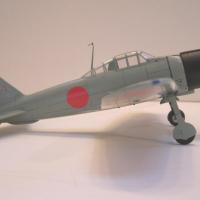
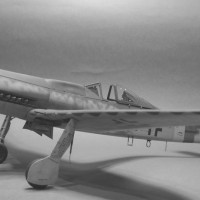
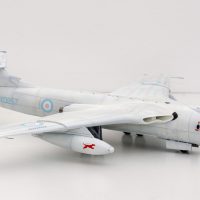
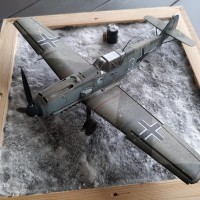
@fiveten - Great build and writeup as always Spiros! I really like the quality of the weathering/panel accenting. It's very realistic at scale.
Thanks so much, my friend @brithebuilder!
Excellent work on this impressive aircraft, Spiros @fiveten
Love the worn looks you applied on it.
Thanks for the supporting article and well done.
Thank you very much, my friend @johnb!
Excellent job @fiveten
Thanks a lot, my friend @greenterrorz!
Love it, Spiros!
Thanks so much, my friend @blackmopane!
Very nicely done! As an old F-111 pilot, I find Soviet swing-wing jets interesting, and this jet is huge.
Thank you very much, my friend @trod348!
Fantastic, as usual.
Thank you so much, my friend @marc!
Hi Spiros @fiveten
Although I am not a real fan of Russian aircraft, I really like the result of your work on this kit.
Shading is spot-on and it emphasizes the dimensions of this huge plane.
Well done 👍
Thank you very much, my friend @alfred!
Spiros I don’t know much about this airplane and even know less about this kit… Esci is long gone but many of their moulds are still around under other labels.
You did a great job on this one, the paintwork looks spot on. Overall a very solid build @fiveten
Well done my friend
Thank you so much, my friend @holzhamer!
Some old kits still hold their value or beauty is in the eye of the beholder. This one is a beauty. The article is informative and really adds interest to your build. Another Spiros classic.
Thank you kindly, my friend @stephen-w-towle!
Jasou Spiros @fiveten, fantastic paintjob with subtle weathering! The bird looks great!
Thanks a lot, my friend @fxrob!
Superb model and article, Spiros! The "Backfire" gave the USN a lot of headaches when married up to the AS-4 "Kitchen" cruise missile, we studied the heck out of it, and invested a lot in AAW countermeasures. Glad I never saw them in action. Thanks for bringing back some of my misspent youth.
Thanks so much, my friend @bobd56az!
Excellent build and interesting article.
Thanks a lot, my friend @chasbunch!
Nicely accomplished, Spiros!
Thanks so much, my friend @gwskat!
Great build and narrative Spiros. Nice one 👍
Thanks a lot, my friend @thom!
Fantastic model Spiros and great back story too. Well done (@fiveten) 😀
Thank you very much, my friend @scottiya!
Super build and text as usual, Spiros @fiveten.
Thank you so much, my friend @eb801!
It’s a great looking model, Spiros, and a perfect illustration of how much time and money is spent on failed defence projects by governments.
Thanks kindly and you are absolutely right, my friend @chinesegeorge!
Excellent build of one of the most feared Soviet weapons of the Cold War. Fortunately, thanks to complex systems and shoddy maintenance, it turned out to be a hanger queen.
When I played Harpoon (PC) as NATO commander or USN CVBG commander, I always kept a BARCAP and AWACS up on the look out for any formation of these things. They were always the first planes I wanted to take out (shoot the archer not the arrows.)
Thanks so much, my friend @dbdlee! Exactly right!
Excellent model and a very nice history. I'm somewhat surprised it's still in service though.
Thank you kindly, my friend @christopher! Looks Ike this old air frame still has something to offer.
Nice work on this older kit and a thoroughly modern and impressive result, @fiveten.
Thank you so much, my friend @tcinla!
Spiros, that's an awesome job on the paint work and shading. @fiveten
Thanks a lot, my friend @jdtruby!
Well, I enjoyed still another great article by you, Spiros! 👏 I learned a lot from your very interesting backstory and of course, the final result as well. The model is wonderfully done and a testament to the skills of the builder. 🏆 The Esci kit has provided a good canvas upon which an artist has worked his "magic"! What a beast of a plane, @fiveten! 🤩
Thanks so much, my friend @garybrantley! It is a beast of a plane indeed!
Wow Spiros, it sure took a lot of work to build this monster. Very interesting talk and beautifully marked and differentiated panels.
Thank you very much, my friend @milantesar!
Well - you brought out a big 'en! Looks great!
Thank you kindly, my friend @gkittinger!
Nice build Spiros. This is a plane I'm not that formillier with. Thank you for the background.
Thank you so much, my friend @curtisshawk!
looks fabulous Spiros, thanks for sharing!
Thanks a lot, my friend @rays!